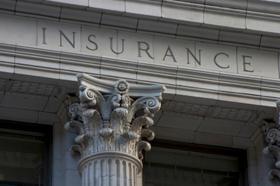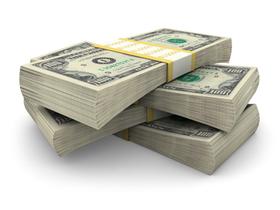DO Understand Why Some Private Schools Cost More Than Others
There are several factors which drive tuition costs. Location and facilities and type of school are three of the most important factors. Some schools cost more than others simply because of where they are located. Real estate prices vary widely throughout the United States as you well know. For example, it costs considerably less to rent space in Butte, Montana than in Los Angeles, California.
Insurance costs vary from locality to locality as well. Schools need comprehensive liability and property insurance. That's not an expense a prudent private school business manager will stint on.
The school facilities vary widely as well. A 12 classroom K-6 school located in the 10 year old education wing of a church or temple will cost less to run than a similar school housed in a 1930s mansion set on 30 private acres in the countryside.
Boarding schools generally cost more to operate than day schools. That's because they offer 24/7 supervision of your child as opposed to the 8 or 9 hours daily supervision a day school will offer.
Schools specializing in remediating learning differences and disabilities cost even more because they employ experienced, highly skilled and trained para-professionals and professionals who work with students closely, often on an individual or 1 to 1 basis. That drives the labor cost associated with this kind of teaching much higher than when a teacher has a class of 12-15 students.
DONT Delay Finding

























-4c3194pi4wis8gsg004w0g44w-280.jpg)














